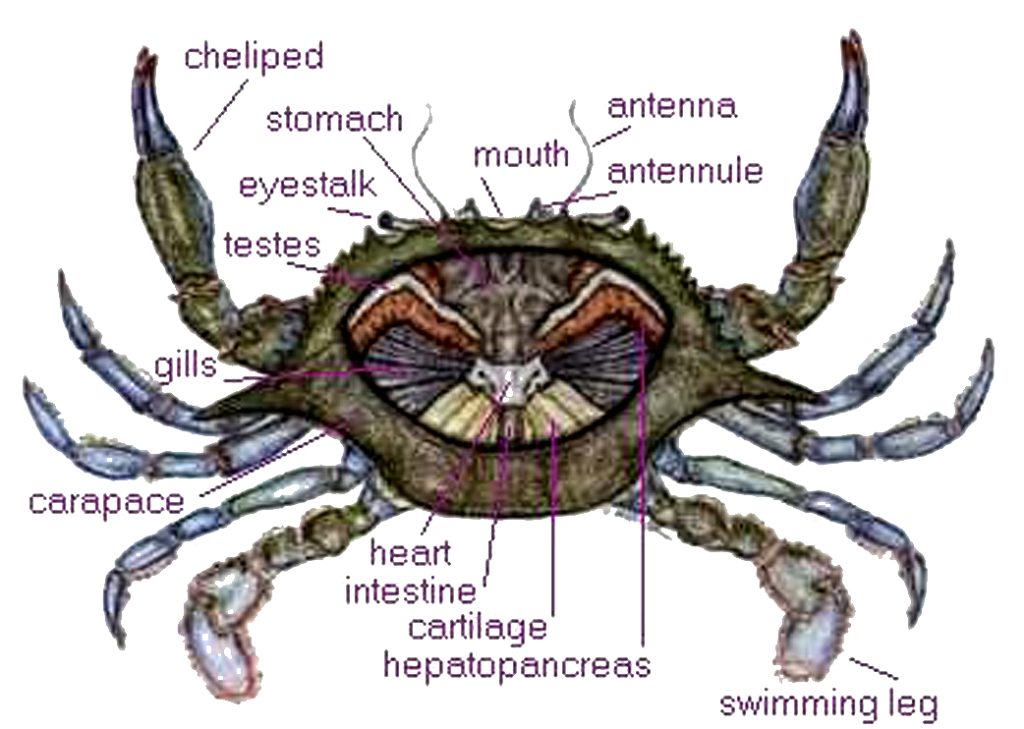The Chesapeake Bay is unique and not easily compared with any other body of water. It is the largest estuary on the continent. North to south, it stretches from the calm and shallow waters of the Susquehanna Flats to the mighty rolling waves of the Virginia capes. In its teaming waters grow oysters, crabs, clams and a cacophony of seafood including the strange yet wonderful menhaden. The bay is four miles wide near Annapolis then nearly thirty miles wide near the mouth of the Potomac River. The combined shoreline stretches out for about 4,000 miles. It is like the fiords of Norway, truly an estuary.

Since the start of the crab fishery in the mid-nineteenth century, no body of water in the world has been more intensively fished for crabs than the Chesapeake. Blue crabs are now fished commercially from Delaware Bay to Florida and on into the Gulf of Mexico. As difficult as it is to “crack and pick” a blue crab, it has nonetheless become the mainstay of a giant industry that each year harvests hundreds of millions of crabs and millions of pounds of assorted marine life. But in this last year, things have changed to the point where crab parts are being canceled for lack of crabs. Restaurants are taking crabs off their menus. Famous crab houses are going crab-less. Watermen are stacking the crab pots and crab boats sit idly moored.
Chesapeake Bay area blue crab lovers are finding it difficult if not impossible to buy blue crabs. If they do find them, the price is $50 to $150 a dozen. Or the market only offers Sooks (females). Watermen will tell you the Chesapeake Bay has been so cold that the Jimmies (males) have not come north. To find out why blue crabs are scarce we checked with the Virginia Resource Commission. A press release dated May 5, 2022 stated, “The Virginia Marine Resources Commission (VMRC) has announced the results from the 2022 Bayside Blue Crab Winter Dredge Survey which indicates a continued downturn in juvenile recruitment and a record low year of total blue crab abundance. The total abundance of blue crabs in the Chesapeake Bay declined in 2022 to 227 million crabs – the lowest abundance estimates in the 33-year history of the winter dredge survey. This decline is driven primarily by a third consecutive year of below-average recruitment of juvenile crabs, even though the number of juveniles increased 18% from 2021 to 101 million crabs. The low numbers of juvenile crabs, and this year’s decline in the adult female crabs (which will spawn this spring and summer) will factor into decisions VMRC, the Maryland Department of Natural Resources (MD DNR), and the Potomac River Fisheries Commission (PRFC) make regarding management measures for the 2022 blue crab season. These three Chesapeake Bay jurisdictions, which are responsible for bay-wide management of blue crabs, have successfully managed the harvest of blue crabs to prevent overfishing since 2008. Adult female crabs are the key to conservation, as each female can spawn an average of three million eggs per brood, averaging up to three broods per year. These adult females observed in the Winter Dredge Survey are likely to spawn from late May to mid-summer of this year, contributing to next year’s juvenile population. The number of adult female crabs (97 million) declined in 2022 and is below the target abundance of 196 million but remains higher than in the period before 2008 when the Chesapeake Bay blue crab resource was declared a fishery disaster.” The findings of VMRC are not encouraging.
There has been a drastic drop in the number of juvenile crabs which contributed to an overall drop of 30 percent from an estimated 405 million crabs to 282 million. In addition, a reduced number of adult males contributed to the decline. Oddly in the short term, the 2021 dredge survey has concerned the experts because the overall health of the crab population depends on the survival of juveniles from one year to the next. Predictions are that crabs will be in an even shorter supply toward the end of the summer and into the fall.
The reduced number of juveniles would suggest that there is a problem with females spawning. There is a need to protect spawning females by reducing pollution and by growing the natural habit where they spawn. Critical to the health of crabs is the growth of underwater grasses and water quality. The grasses in the bay are vulnerable to pollution. Pollution makes the water cloudy which inhibits the sunlight. The lack of sunlight reduces the growth of grasses. Another factor is water temperature. Rising water temperatures and high flows of water from extreme storms challenge crabs. Crabs are affected by “dead zones” where they can hide and grow. But dead zones may be getting little or no oxygen and provide little food for crabs.
Some seafood restaurant owners have been forced to raise prices or take crab off the menus all together. There is also a devastating impact on watermen, seafood stores and crab lovers. However, those watermen who can find and harvest blue crabs are doing well.
Warmer weather should help the situation. Some watermen have postponed their crabbing operations until June. Hopefully, warmer weather will increase the crab population. However, it is a wait and see situation in the delicate balance that provides a good environment for crab growth.
It is interesting to note the name beautiful swimmer is derived from its Greek name Callinectes sapidus. Callinectes is Greek for the beautiful swimmer. Sapidus means treat or savory in Latin. Dr. Mary J Rathbun of the Smithsonian Institution gave the crab its specific name. She is known as the queen of American carcinologists, an expert in crabs. Dr. Rathbun described nearly a thousand species of crabs.
The future abundance of blue crabs at this point is unknown. Some experts believe that climate change toward warm weather will benefit the crab population, hopefully, they are right.
